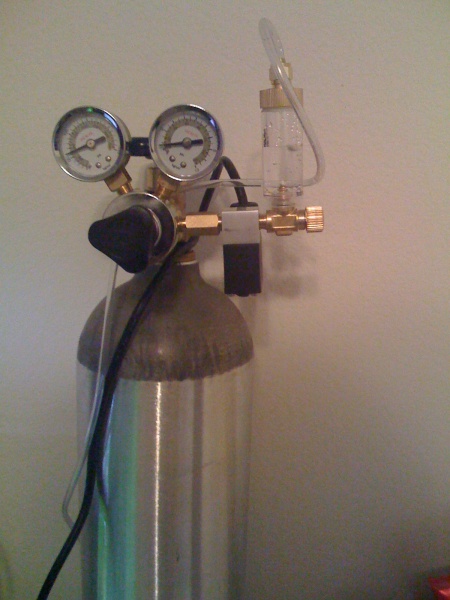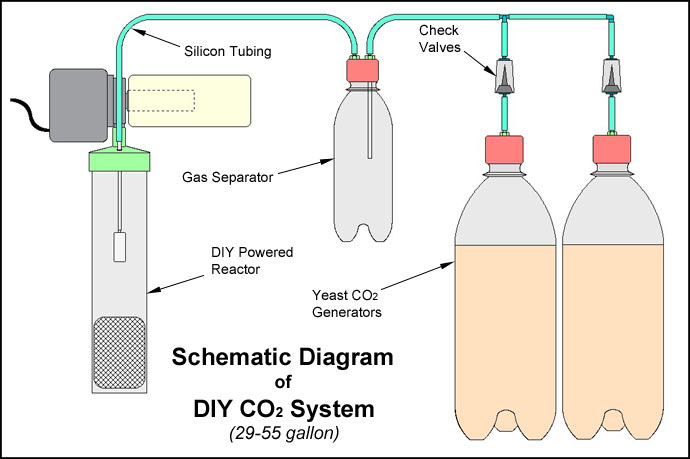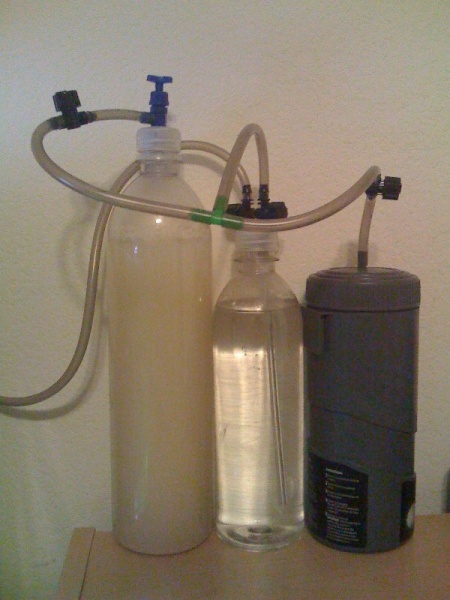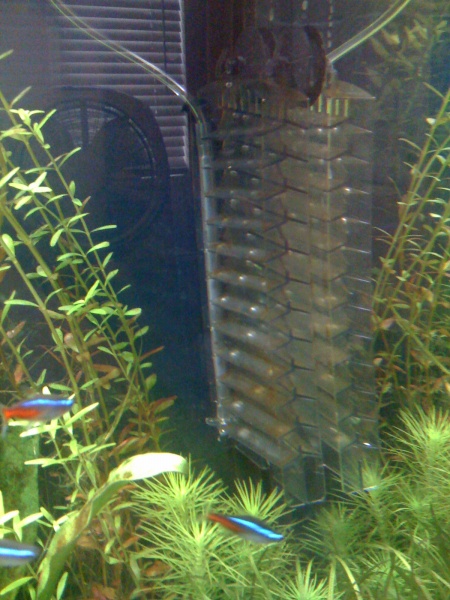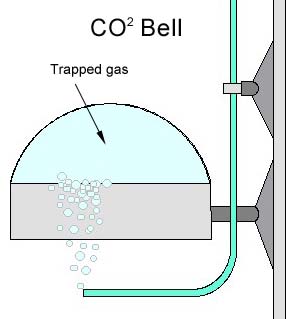libbyb
Aquarium Advice FINatic
Let me start off by saying that the mechanical process of setting up and running a complete co2 system eludes me. I am confident in my ability to learn it and I think you guys would be the best teachers.
I understand the cycle of plants and photosynthesis and the exchange of gases (it's been many years but I still remember some of it). My concern is HOW to make my planted tank better by supplimenting my tank with co2.
Before we go into the quantity and quality of co2, I want simply to put the parts together. I don't know what the parts should be, but I'm positive that I can use a sugar and yeast method and replace the co2 bottle. I have a feeling that's about all the DIY I can handle at this point. Mainly because I am unfamiliar with the "machine/physics" as it is supposed to work.
BIG FACTOR: money. Period.
I have no doubt I can purchase parts online at various sites. (I'm good at shopping) but I don't know exactly which parts are necessary, which are nice to have and which are a ploy for LFS to sell more.
My tank is 55g. Currently planted and stocked.
I hope you have some feedback so far. Thanks!
.Thank you.
I understand the cycle of plants and photosynthesis and the exchange of gases (it's been many years but I still remember some of it). My concern is HOW to make my planted tank better by supplimenting my tank with co2.
Before we go into the quantity and quality of co2, I want simply to put the parts together. I don't know what the parts should be, but I'm positive that I can use a sugar and yeast method and replace the co2 bottle. I have a feeling that's about all the DIY I can handle at this point. Mainly because I am unfamiliar with the "machine/physics" as it is supposed to work.
BIG FACTOR: money. Period.
I have no doubt I can purchase parts online at various sites. (I'm good at shopping) but I don't know exactly which parts are necessary, which are nice to have and which are a ploy for LFS to sell more.
My tank is 55g. Currently planted and stocked.
I hope you have some feedback so far. Thanks!
.Thank you.

